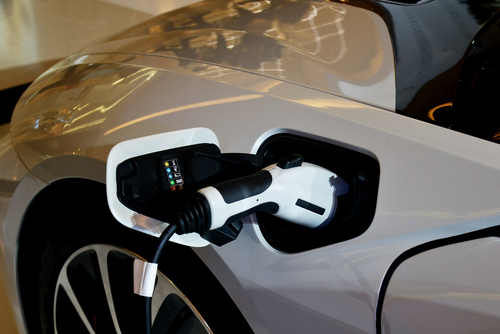PG&E, BMW begin testing potential of vehicle-to-everything technology in California

Eying ways to offset growing demand on the power grid from electric vehicles, improve reliability, maximize renewable energy usage and potentially allow EVs to serve as backup home generators, Pacific Gas and Electric Company (PG&E) and BMW of North America have begun testing use of vehicle-to-everything technology.
The big draw of vehicle-to-everything, or V2X, is its potential to allow EV customers to lower electric bills by exporting unused power back to the grid during peak demand periods. For this, they would be compensated, while the grid would conceivably gain more stability and resiliency in delicate moments. As EVs themselves are greenhouse gas free options, they would also be supplementing the availability of other clean energy sources in feeding back to the grid.
“The utility and automotive industries are creating a transformative clean energy future together,” Aaron August, PG&E vice president of utility partnerships and innovation, said. “At PG&E we are working with partners like BMW to unleash the full potential of EVs to enhance grid resilience and reliability for our customers, while reducing carbon emissions in our hometowns. Clean-powered EVs are vital to the battle against climate change. Using V2X technology to create virtual power plants from EVs can help utilities like ours meet peak electricity demand without the need for non-renewable energy resources. With smart, managed bi-directional charging, we can decarbonize our planet at a lower cost to our customers.”
Testing will take place at PG&E’s Applied Technology Services Lab in San Ramon, California. There, researchers will assess how a typical home could maximize renewable energy usage by switching between EV battery-stored renewable energy and grid-provided renewable energy. These batteries will charge when renewable energy utilized on the grid is at its highest point and discharge throughout the day to support household demand. Real-world scenarios will also play a role in assessment, to guarantee the vehicles’ actual viability as grid resources.
“Electric grid sustainability is becoming an increasingly complex challenge across the U.S.,” Adam McNeill, vice president of engineering at BMW of North America, said. “That’s why we started our ChargeForward program in 2015, to connect our vehicles, our customers, and the grid. V2X takes smart charging to the next level, exploring how EV batteries can be used for backup generation and other grid services. We’re excited to continue pursuing additional customer benefits while helping make the grid more dependable and sustainable.”
ChargeForward was a program created in 2015 to provide customers cash incentives for optimizing their EV charging times, thereby supporting grid reliability. It was made available to all BMW battery and plug-in EV drivers in northern and central California who are customers of PG&E. The two companies have extended their partnership until March 2026, and the days ahead will include a field trial of V2X-enabled vehicles at BMW Group Technology Office USA.
